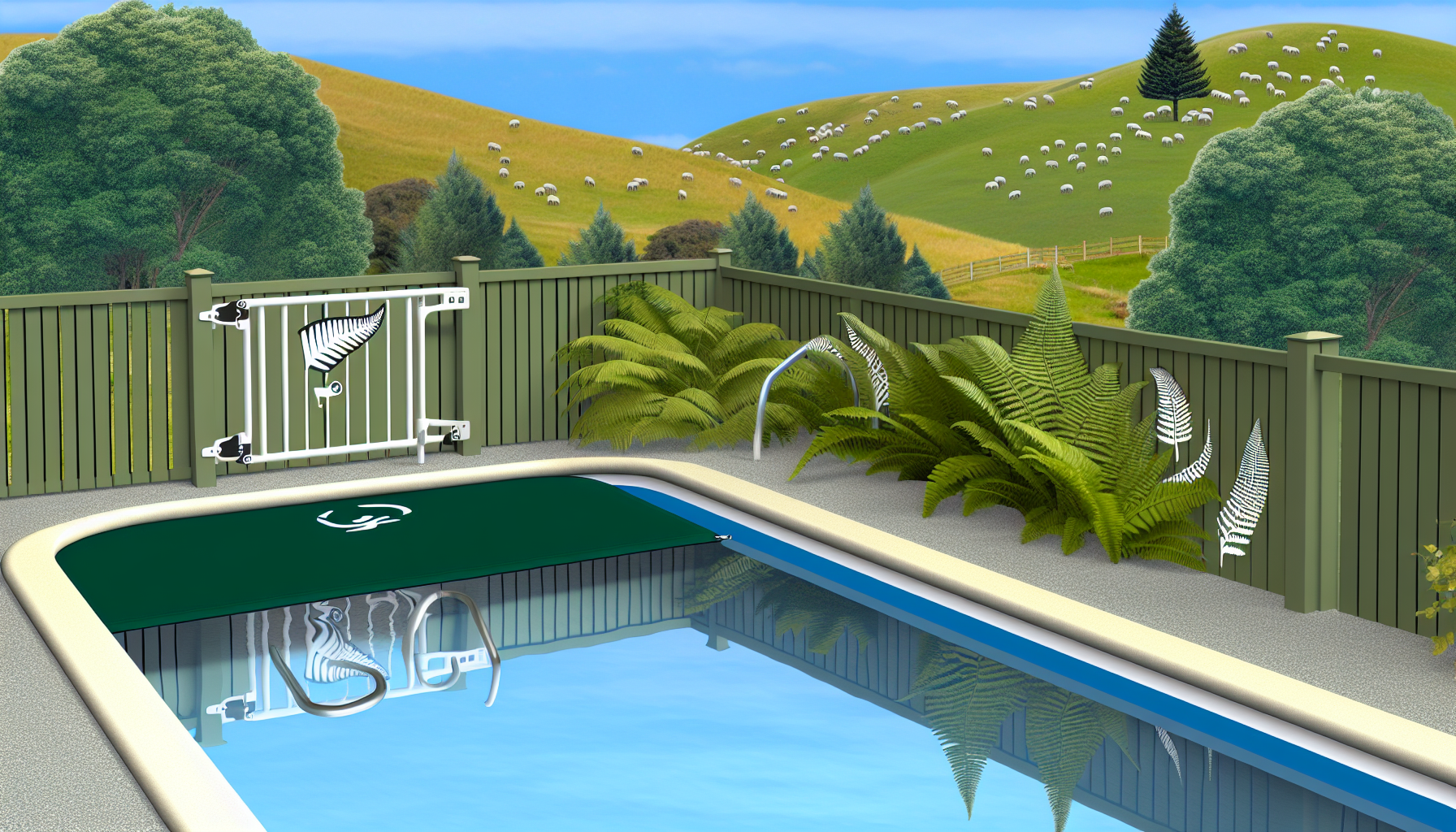Right, so you’ve got a backyard pool and little ones running around—great combo for summer fun, but also a bit of a nerve-wracker when it comes to safety. A childproof pool isn’t just a good idea, it’s pretty much a must if you’ve got toddlers, young kids, or even if your friends’ kids pop over. Let’s dive into the essentials for making sure your backyard pool is properly childproofed here in New Zealand.
Start with the fence—it’s not optional
Here’s what matters: if your pool isn’t fenced properly, it’s a no-go. New Zealand’s Building Code requires that all residential pools more than 400mm deep be fully fenced. That means your spa pool, plunge pool, or inflatable ones (if they hold enough water) are all included. Councils are strict about this, and for good reason.
The fencing rules sound like a hassle, but they’re dead simple:
- At least 1.2 metres tall
- No climbable objects near the fence (yeah, even that outdoor table can be an issue)
- The gate must open away from the pool and close/latch on its own
- No gaps larger than 100mm
Think of it like putting your pool in a big kid-proof box. It’s all about keeping curious hands and little feet from wandering in.
Need inspiration? Places like Zones Landscaping and Mitre 10 have some pretty good examples of fencing and gate options that fit the bill, both functional and tidy-looking.
Use a pool cover, but not just any cover
A secure pool cover makes a massive difference—but here’s the thing: we’re not talking about those lightweight solar blankets that flap in the wind. You need a solid, lockable cover that can handle weight and can’t be peeled back by a toddler.
Think of it like locking your front door. If the cover can’t be locked, it’s not doing the job. Brands like Daisy Pool Covers or PoolWerx NZ offer options with safety features designed for this exact reason.
Alarms are a bonus—not a replacement
Some people use pool alarms that go off if the water is disturbed, or gate alarms that buzz if the gate’s opened. They sound handy—and they can be—but don’t rely on them solely. Think of alarms like seatbelts: useful, but only part of the safety equation. You still need the fence and secure access.
Keep pool toys out of sight
Here’s one that often gets missed: toys. Floating dolphins, noodles, beach balls—they look like candy to kiddies under five. Leaving them in or around the pool just entices curious kids to reach into trouble.
Best move? After swim time, chuck everything in a storage box that locks or keep it well away from the pool area. Bunnings or The Warehouse have decent weatherproof bins that do the trick.
Make rules & stick to them
This one’s less about stuff you buy and more about habits. Make a few clear rules and repeat them, every single time:
- No swimming unless an adult is present
- No running near the pool
- Gate must stay shut—always
Get kids used to these from the get-go. It’s kind of like teaching them to look both ways before crossing the road. It takes repetition.
Teach swimming early—but that’s not enough
Swimming lessons help, for sure. In fact, start as early as your local swim school allows—they’re often starting kids as young as six months now. SwimMagic, Swimtastic and Hilton Brown Swimming all have solid reputations around NZ for good lessons.
But don’t fall into the trap of thinking swimming skills = safety. Even capable little swimmers can panic in an emergency or knock their head on the edge of the pool. Supervision always wins.
Keep rescue gear handy
You don’t need to set up a full-blown lifeguard station, but having a life ring, float pole or pool hook nearby is smart. Mount it on the fence or store it close, so if someone does get into trouble, you’re not running around looking for a solution.
Do a quick check every summer
Once the weather heats up and the togs come back out, do a spot check. Look at the fence. Test the gate latch. Check if the trees or plants have grown enough to create a “ladder” over the fence. It’s kind of like doing a WOF for your pool setup.
The NZ Ministry of Business, Innovation and Employment (MBIE) sets the basic rules here. You can check their site for the Residential Pool Barrier Guide for more detail if you’re the “read-the-regs” type.
Oh, and your local council does inspections every three years—so stay on top of it. It’s a lot easier to pass if you’ve kept things up regularly rather than scrambling to fix them last-minute.
Bottom line?
If you’ve got a backyard pool and kids around, don’t leave things to chance. A fence, a strong cover, clear rules, and constant supervision are the must-haves. Everything else—alarms, pool toys, lessons—they’re bonuses that help. Set it up right from the start, and you’ll be able to enjoy those sunny days without the stress.
And hey, if you’re not sure what you need or just want someone to check things over, get in touch with your local council—they’re usually happy to help, and it might save you a heaps bigger headache down the track.


Leave a Reply